From as small as a pea to as large as a dinner plate, spiders vary greatly in size. They also show considerable sexual dimorphism, where males and females within the same species have different physical characteristics. Among spiders, female spiders can be much larger than male spiders. This is partly due to the reproductive advantages of larger bodies - larger bodies can carry more eggs. These females can reach some eye-popping sizes. Whether you're an arachnophobe or a spider lover, it's hard not to be in awe (and, let's be honest, a little scared) of the spiders on this list. Meet the ten largest spiders in the world – you don’t want to see them crawling on your carpet!
1. Goliath bird-eater (Theraphosa blondi)
Size: 175g, leg span up to 30cm!
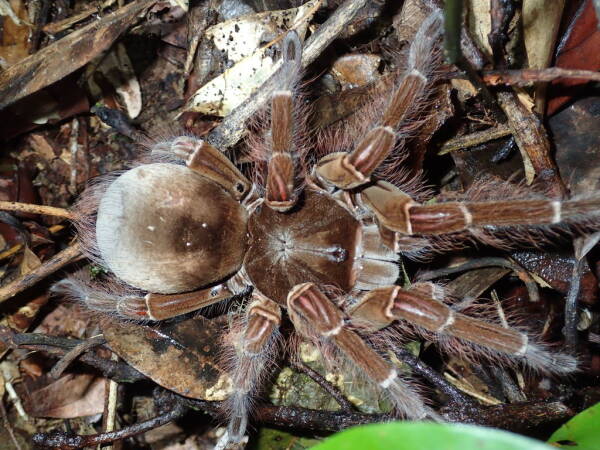
The largest spider in the world, and the first on our list, is the impressively named Goliath bird-eating spider. This spider comes from the rainforests of northern South America and is the largest spider in terms of weight (up to 175 grams) and length (13 centimeters). In terms of leg span, this heavy-duty spider is only slightly better than the next spider on the list. Its name comes from an 18th-century engraving depicting a different species of tarantula eating a hummingbird, which led to the entire genus Theraposa being called "bird-eaters." This species feeds primarily on worms, amphibians, and large insects, but it also sometimes kills and eats birds!
2. Giant hunter spider (Heteropoda maxima)
Size: 167g, leg span 30cm
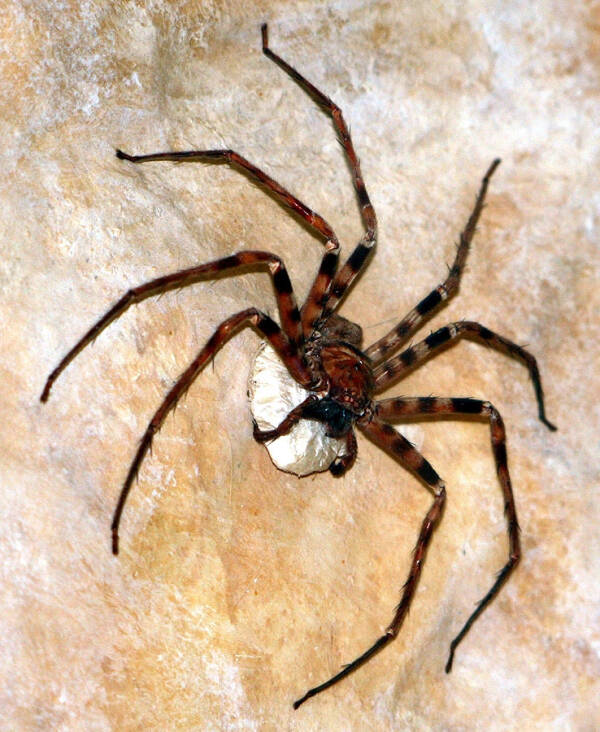
Equally impressive is this species native to Laos, Southeast Asia. The giant huntsman spider is known as the spider with the largest leg span in the world, measuring up to 30 centimeters from toe to toe. Although some goliath bird eaters are comparable in size, giant bird eaters tend to be larger on average, giving them this title. Cannibalism has been observed in this species, with the larger female eating the male after mating. This may come as a shock to us, but this is actually very normal spider behavior and provides nutrients to female spiders that aid in reproduction!
3. Brazilian Salmon Pink Bird-Eating Wolf Spider (Lasiodora parahybana)
Size: Females can weigh over 100g and have a leg span of up to 28cm
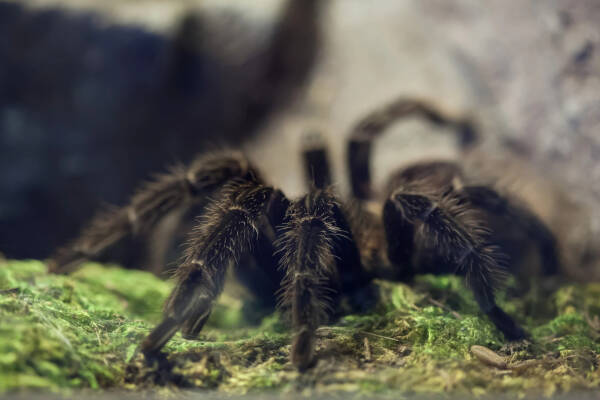
This next species is a bit like a bite, but also a handful, weighing as much as a banana! As the name suggests, they can be found in the forests of Brazil, but are also popular as pets in captivity around the world. This is because they are quite docile. However, they are not always laid back and when threatened they will deliver a painful bite or flick their irritating stinging hairs to would-be predators!
4. Brazilian giant tawny tarantula (Grammostola anthracina)
Size: Leg span about 23cm
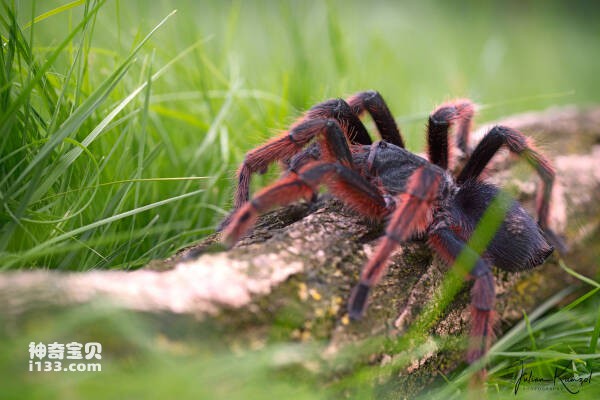
Another species that is considered a pet is the Brazilian giant tawny spider mite, a glossy all-brown wolf spider with a leg span of about 23 cm and one of the longest-lived wolf spiders (it can live up to 30 cm ). Year! ). However, this desire could have devastating effects on wild populations. The species is sold as part of the illegal black market tarantula trade, a lucrative industry that encourages traders to poach spiders from the wild to meet demand, at a cost to local residents.
5. Chaco Golden Knee Wolf Spider ( Grammostola pulchripes )
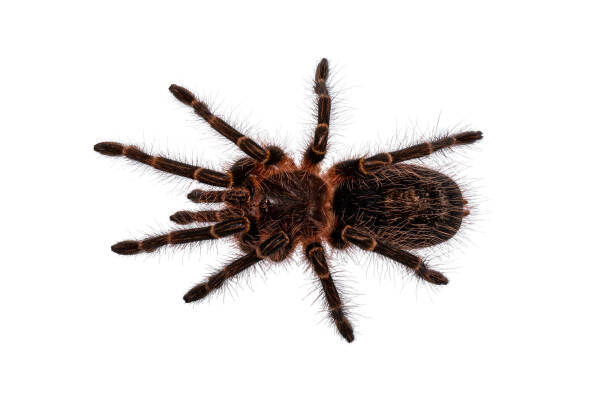
Dimensions: Leg span up to 20.3cm
This particularly beautiful (and furry) tarantula is found running around the warm grasslands of Argentina and Paraguay. You may be wondering what exactly is a tarantula? A wolf spider is any member of the spider family. They are large and often hairy, like this one. This wolf spider genus ( Grammostola ) is just one of 156 genera in the family, which contains a total of 1,040 described species.
6. Baboon King Spider (Pelinobius muticus)
Dimensions: Leg span up to 20 cm
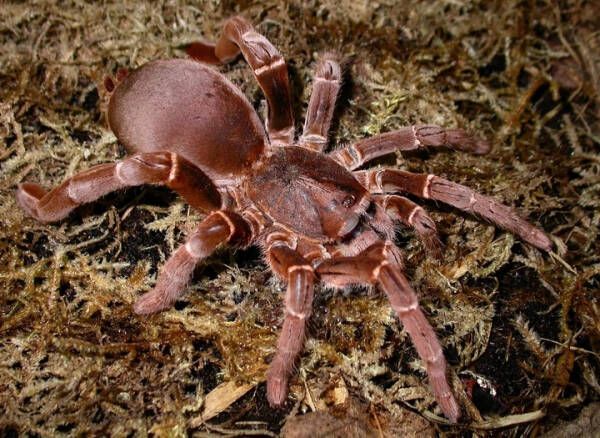
Another tarantula that looks quite striking is the baboon king spider, which is a velvety, rusty brown in color. Native to Uganda, Tanzania, and Kenya (the first African spider on our list), these tarantulas have a unique way of defending themselves. In addition to delivering a painful venomous bite, these spiders use a technique called vocalization to ward off predators. By rubbing the hair on their front legs, they are able to make a harsh hissing sound in the hope of striking fear into anyone nearby.
7. Colombian Giant Wolf Spider (Megaphobema Robustum)
Size: Leg span about 20cm
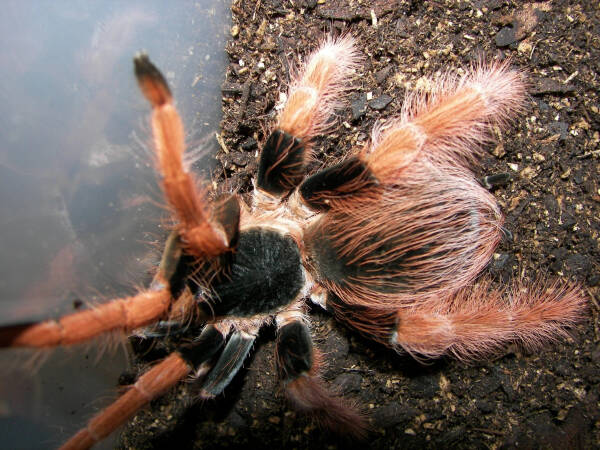
The Columbian Giant Wolf Spider is a shy spider that, despite its considerable size, prefers to run away and hide rather than stand its ground. They do have some interesting defensive tactics, however, bobbing up and down as a first warning, then spinning in circles to confuse attackers and kicking out with their spiked hind legs. This species is found in the tropical rainforests of Brazil and Colombia.
8. Face-sized wolf spider - ( Poecilotheria rajaei )
Size: Max leg span 20cm
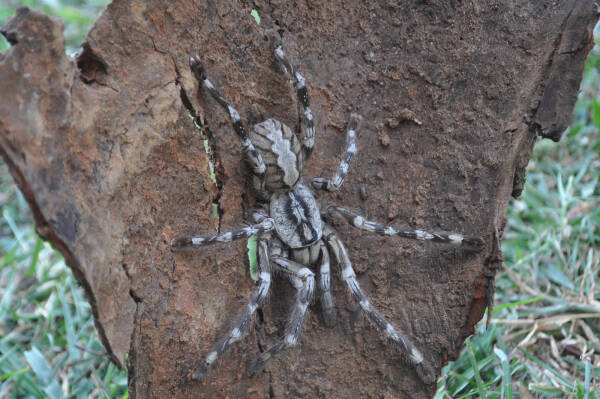
This species definitely wins the award for scariest name! With legs spanning up to 20cm, the name does seem appropriate, but hopefully you'll never find out... This Sri Lankan spider is another member of the wolf spider family, and like many spiders, they use venom to inflict... maiming and killing prey, including lizards, snakes, birds and small rodents. However, the venom is not strong enough to kill humans (if you find it on your face!).
9. Brazilian wandering spider (Phoneutria sp.)
Size: Some leg spans can reach 18cm
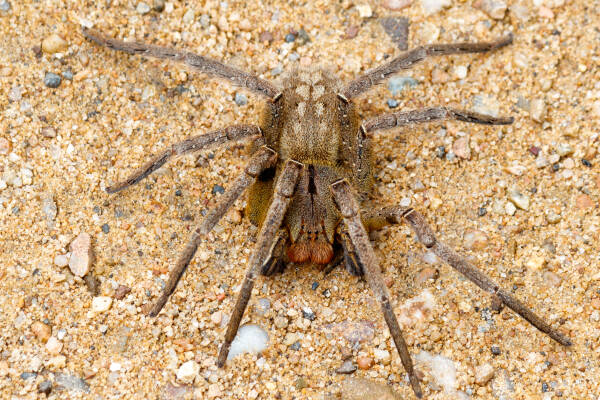
Spiders in this genus vary greatly in size, but some have leg spans up to 18 centimeters and body lengths of about 5 centimeters. Although known as the Brazilian wandering spider, they can also be found throughout South America from Costa Rica south. They are sometimes called banana spiders because of their habit of hiding in dark, moist places, including banana plants. This also results in them being occasionally found in shipments of bananas shipped around the world. In 2005, a man was bitten by a stray spider that was hidden in a box of bananas destined for a British pub.
10. Sand-dwelling hunter spider (Cerbalus aravaensis)
Size: maximum leg span 14cm
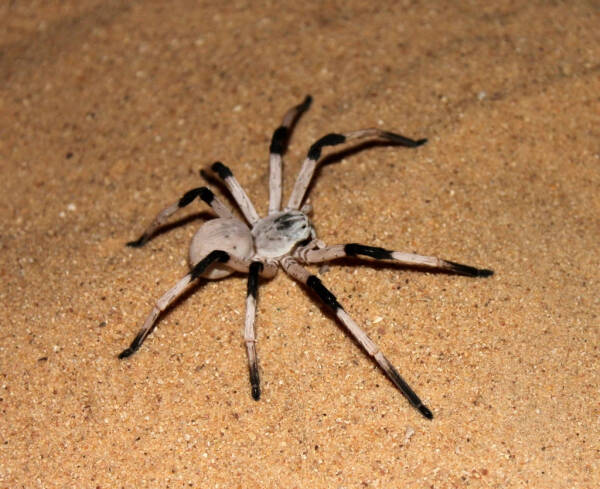
This rare and massive spider was recently discovered, found in the sand dunes of Israel and Jordan. Israeli arachnologists first described the phenomenon in 2007. These spiders actually live in the dunes, building ingenious underground nests with hinged trapdoor entrances made of silk and sand to hide from predators and the scorching sun. Unfortunately, the sand dunes they live in are rapidly disappearing due to mining projects, making the future of this species uncertain.
animal tags: spider
We created this article in conjunction with AI technology, then made sure it was fact-checked and edited by a Animals Top editor.